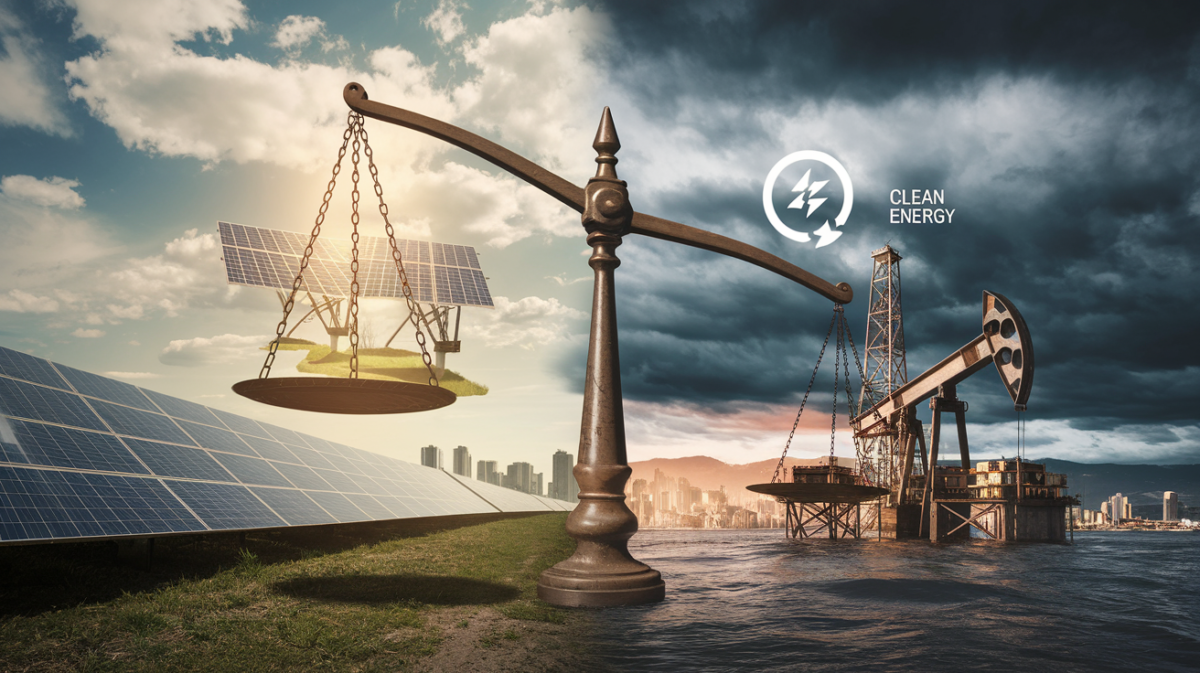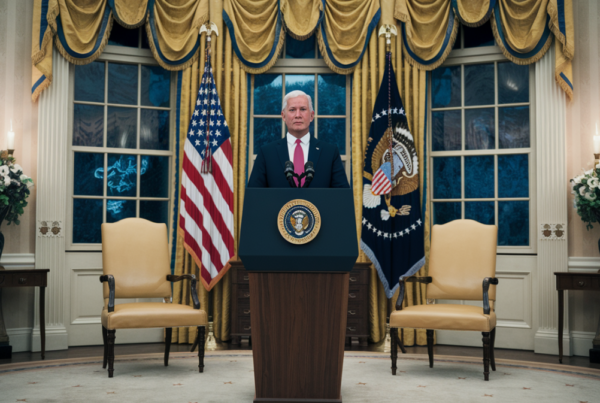The proposed “Big, Beautiful Bill” by former President Donald Trump has ignited fierce debate, with critics warning it could cripple the U.S. solar industry and trigger an energy shortage. The legislation, aimed at extending tax cuts and boosting military spending, includes sweeping cuts to clean energy subsidies—a move that industry leaders say could derail years of progress in renewable energy.
Solar Industry Warns of Catastrophic Losses
The Solar Energy Industries Association (SEIA) has sounded the alarm, projecting that the bill’s rollback of Inflation Reduction Act (IRA) tax credits could slash $220 billion in solar investments by 2030. The cuts would also eliminate an estimated 292,000 jobs, including 86,000 in manufacturing—a devastating blow to a sector that has been a rare bright spot in the U.S. economy.
- Investment Loss: $220 billion at risk, primarily in solar and storage projects.
- Job Cuts: Nearly 300,000 jobs could vanish, with manufacturing hit hardest.
- Supply Chain Disruptions: Restrictions on Chinese-made components threaten 300 factories, many in Republican states.
Energy Shortage Looms as Renewables Falter
The bill’s emphasis on fossil fuels and its cuts to renewable energy incentives have raised concerns about the reliability of the U.S. power grid. Solar and energy storage projects are critical to meeting the surging electricity demands of data centers, AI development, and manufacturing. Without these investments, experts warn of potential energy shortages in the coming decade.
“This isn’t just about climate change—it’s about keeping the lights on,” said Abigail Ross Hopper, CEO of SEIA. “Solar and storage are the backbone of our energy future, and this bill puts that at risk.”
Legislative Hurdles and GOP Divisions
Despite its ambitious scope, the bill faces significant opposition, even within the Republican Party. Fiscal conservatives argue the proposed Medicaid cuts are insufficient, while others oppose the phased elimination of clean energy credits. These disagreements have stalled progress in the House Budget Committee, leaving the bill’s future uncertain.
| Key Provisions | Potential Impact |
|---|---|
| Rollback of IRA Tax Credits | $220 billion in lost solar investments |
| Restrictions on Chinese Components | 300 factories at risk, higher installation costs |
| Fossil Fuel Subsidies | Short-term energy gains, long-term sustainability concerns |
Public Reaction: Divided and Vocal
The bill has polarized public opinion. Supporters applaud its focus on energy independence and fiscal restraint, while opponents decry its environmental and economic risks. Online forums like Reddit and YouTube reflect this divide, with heated debates over the balance between economic growth and renewable energy commitments.
Conclusion: A High-Stakes Energy Crossroads
The “Big, Beautiful Bill” represents a pivotal moment for U.S. energy policy. While it promises to bolster fossil fuel production and curb government spending, its potential to undermine renewable energy progress has sparked widespread concern. As legislative battles rage on, the stakes for America’s energy future—and its economy—have never been higher.







